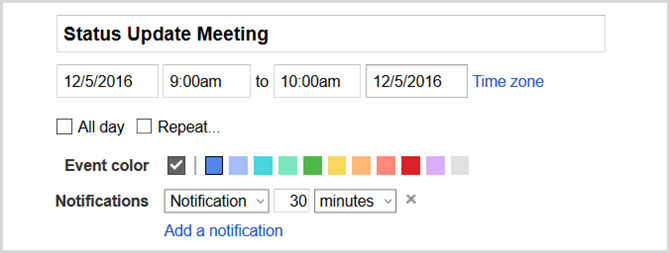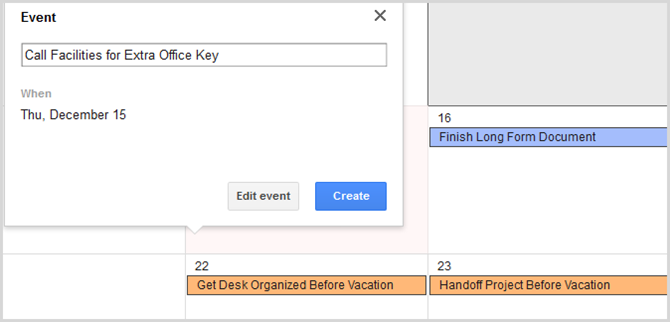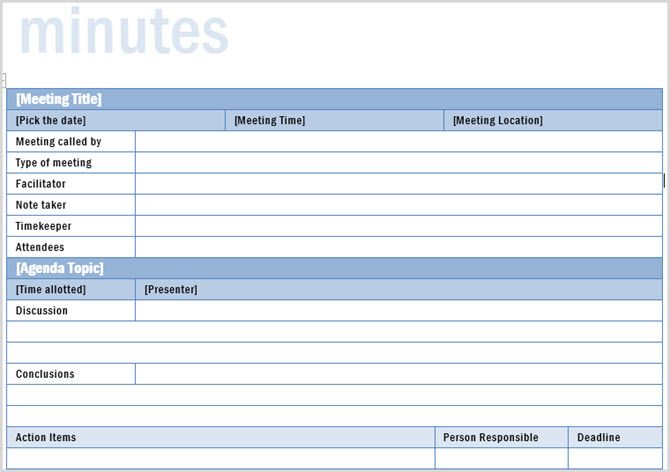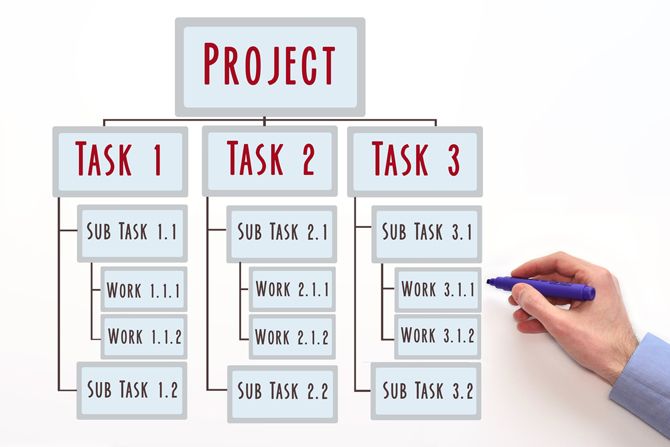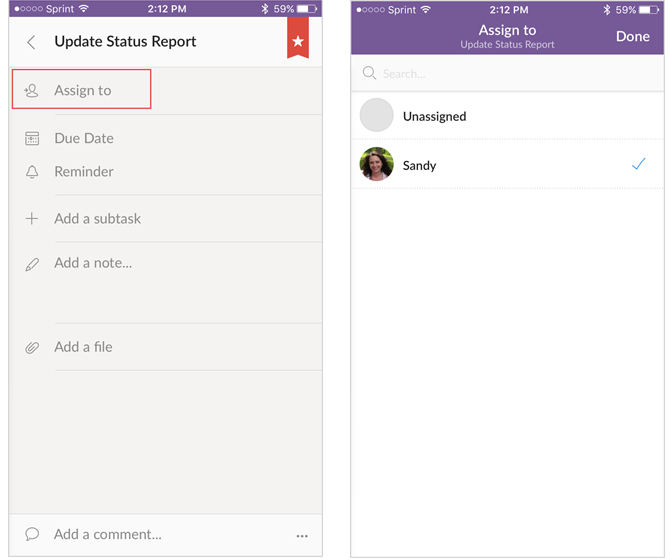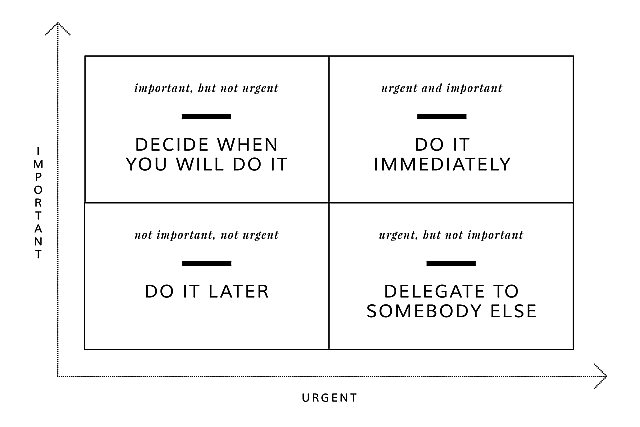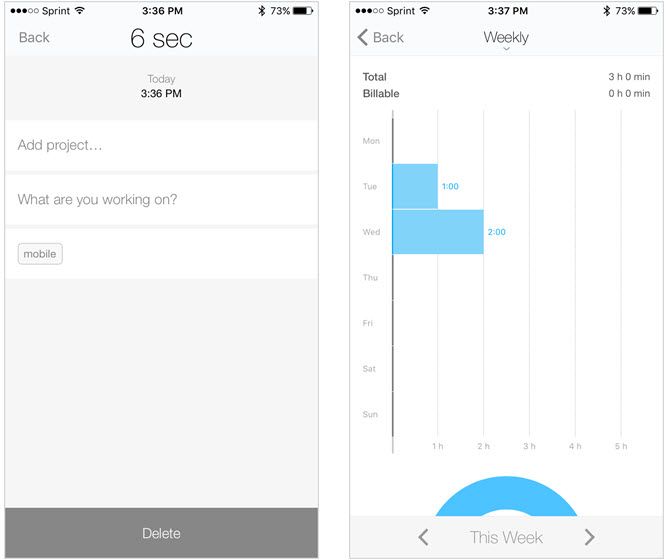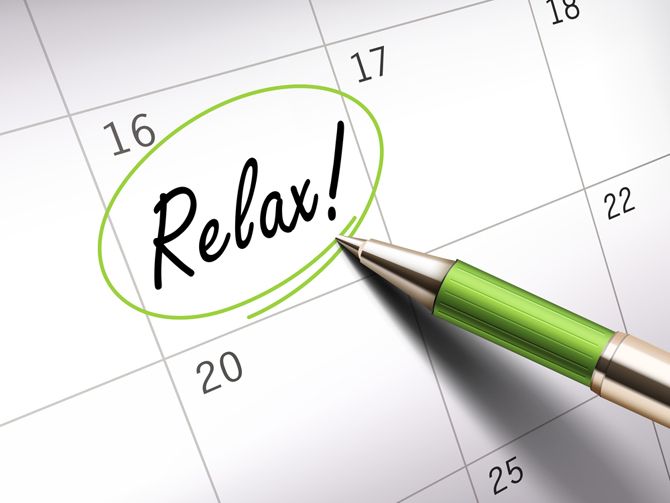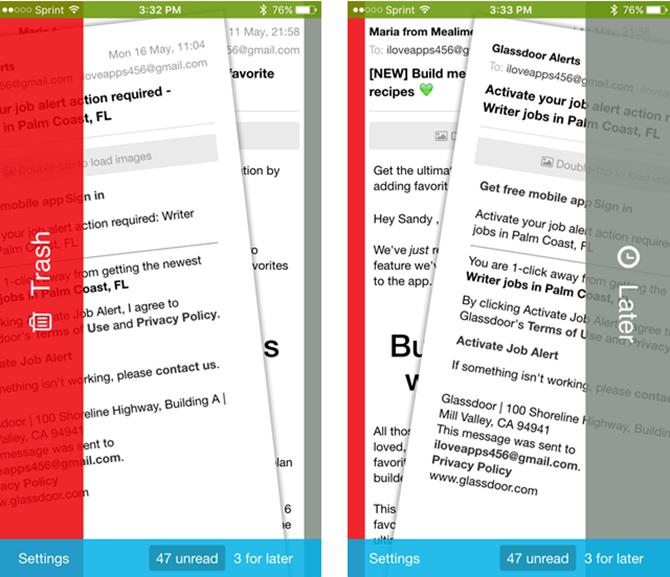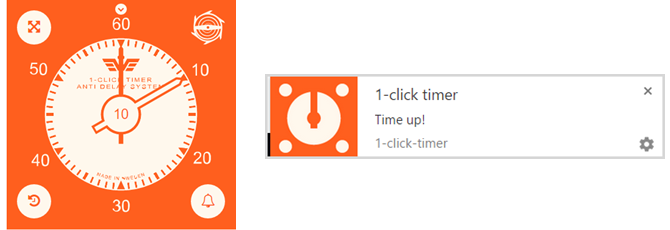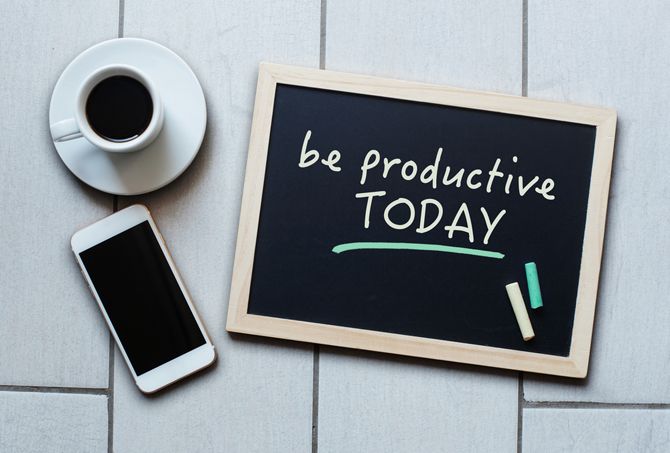With the start of another new year, you may have thought about what you would like to do differently. Between work and home, there is always so much to do. But, with the right tools and habits, you can make 2017 your most productive year yet.
We have prepared a 12-step program that will help you to transform your productivity habits. You can conquer them one at a time, from January through December.
January: Stay on Schedule
There is no better way to start a new year than by being punctual and sticking to your schedule. You can certainly make a promise to yourself, but if you have a great tool to help you, it is even easier.
Choose a calendar that has reminders, recurring events, and cross-platform access. One of the most popular and intuitive options is Google Calendar. You can use it on the web and your Android or iOS device.
You can set up a reminder for each event you create and decide when to be notified. You can add recurring events for weekly meetings, share your calendar with others, and use the Appointment Page feature to block out time.
February: Set Goals
Clearly setting and focusing goals helps you to complete them. You can start simple with a goal for each day or jump right in and set goals for each week, every month, or the entire year. And, put it right on that calendar.
When you set these objectives for yourself, consider a reward when you finish. This will not only let you see the light at the end of the tunnel, but give you more motivation.
For example, when you finish that difficult, lengthy document by the end of the week, treat yourself to lunch at your favorite restaurant.
March: Use Templates
Speaking of documents, consider using (more) templates in the new year. When you create a business document from scratch, it can take an enormous amount of time. But, when you start with a template, you can easily minimize that time and move onto the next task.
You can use Microsoft Word templates for business letters and plans, Excel templates for budgets and finances, and PowerPoint templates for presentations.
You can also check out templates for OneNote, Evernote, and Google Docs. All of these make document creation simpler.
April: Break Down Large Projects
Too many times we are handed a project or create one ourselves and want to tackle it all at once. But, this can turn out to be counter-productive. You can focus more clearly by breaking down projects into bite-sized pieces and taking on the tasks at hand before moving on.
Project managers use a Work Breakdown Structure to carve out separate branches, elements, and work packages of a project.
Seeing the big picture of a large project is important, of course. But, if you can concentrate on the tasks one at a time, you will be able to organize better, stay on track easier, and ensure a completely finished project.
May: Create and Prioritize To-Dos
To assist you with those large projects or just your day-to-day tasks, use a to-do list and prioritize. Just like with the calendar, you should look for a tool that offers reminders, recurring tasks, and cross-platform access.
Wunderlist is a terrific task list manager. You can create multiple lists with to-dos in each one. Then add reminders, set and sort by priority, include notes, and attach files. You can also create recurring tasks and add sub-tasks.
For staying on track and prioritizing what needs to be done, the application is available for free on the web, Android, iOS, and as a Windows desktop application. In Windows 10, Wunderlist now also syncs with Cortana.
June: Delegate Tasks
Keeping yourself on track with a task list tool is effective, but often times so is delegation. If you are in a position to share the load, then get into the habit of doing it. You do not have to do everything yourself. And, whether it is at work or at home, if you have people to help then let them.
When you break down a project into tasks, let yourself focus on the high priority pieces, for example. Then give the lower priority tasks to your staff or team. This allows you to take care of what is most important, but still ensure that all of the items are completed.
Let the Eisenhower Matrix help you prioritize and delegate your tasks. When you identify a task that is urgent, but not important, you should delegate it.
This is just one of many methods to prioritize your tasks.
July: Manage Your Time
Remember that delegation is a big part of time management. But, so are the right tools. For keeping track of your time, recording how it is spent, and creating a daily or weekly plan, use handy applications.
So far, you have your calendar and task list manager. Now you need a time tracking tool. A terrific option is Toggl. You can start timing an activity with the click (or tap on the mobile app). Set up various projects for tracking, add tags for organization, and view weekly, monthly, and yearly reports.
You can use Toggl on the web and on your Android or iOS device. The application is also available for Windows, Mac, and Linux as a desktop tool.
August: Take Time to Relax
You might wonder how taking time to relax can help you be more productive. But, think of it as time to step away from your project or task to clear your mind. When you are ready to return to it, you can do so with fresh eyes. This often allows you to see thing that you did not see before.
Some use methods of relaxation such as meditation or simple breathing exercises. Again, these types of aids can help you relieve stress, minimize anxiety, and give you a refreshed outlook. At the end of the day, or even in the middle, make sure that you set aside time to unwind.
September: Maintain Your Inbox
Depending on which email application you use, you can always find a better way to manage it. If you like Microsoft Outlook, you can take advantage of setting up rules. Rules make Outlook move emails to certain folders, flag them, and play alert sounds. Likewise, you can set up Gmail filters.
On your mobile device you can use tools like Mailswipe [Broken URL Removed] to process your emails quicker. You simply swipe the messages, which are displayed as cards, to take an action. So you can easily move emails to the trash or save them for later.
The app is free for one email account on both Android [No longer available] and iOS [No longer available] with in-app purchases starting at $2.99.
October: Go for a Walk
Similar to making time to relax, scheduling in some exercise is a great idea. Even if you just take a short walk, you will do both your mind and your body good. Various studies revealed the connection between exercise and productivity.
One such study conducted by researchers at Stockholm University and Karolinska Institutet showed:
Those who exercised also reported improvements in self-assessed productivity -- they perceived that they got more done at work, had a greater work capacity, and were sick less often.
So, whether you can leave your desk for a simple walk or prefer your regular workout at the day's end, you can keep your mind and your body fit.
November: Use a Timer
One way to make sure to take that walk or just enjoy a short break, is by using a timer. You can use a handy browser extension if most of your work is done online. Just set the timer for a specific amount of time and when the alert sounds, get up and go. Check out 1-click-timer for Chrome or TimerFox [No Longer Available] for Firefox.
If you prefer not to use a browser extension, consider using the timer on your mobile device. Both Android and iOS devices have built-in timers. On either device, just open the default Clock app and use the Timer for a countdown or set the Alarm for a certain time.
December: Let Yourself Be Productive
How many times have you said something to yourself like, "I have too much to do, I don't know how to get it all done"? Or, how about, "There is no way I can finish all of that by the end of the week"? It's understandable to feel overwhelmed at times.
Rather than talking yourself out of how to be productive, talk yourself into it. Instead, try statements like, "What I need to do to get everything done is..." or "What I will rearrange to finish this by the end of the week is..." This part of becoming more productive helps you to focus and think positively.
In other words, stop complaining and start thinking productively.
Are You Ready to Be More Productive in 2017?
You may already use a few of these tools or swear by some of the habits. But if you don't, there is no better time to start than with a brand new year.
Do you have a plan to be more productive in 2017? If you have suggestions, we would love to hear them!
Image Credit: Nelli Syrotynska via Shutterstock.com


